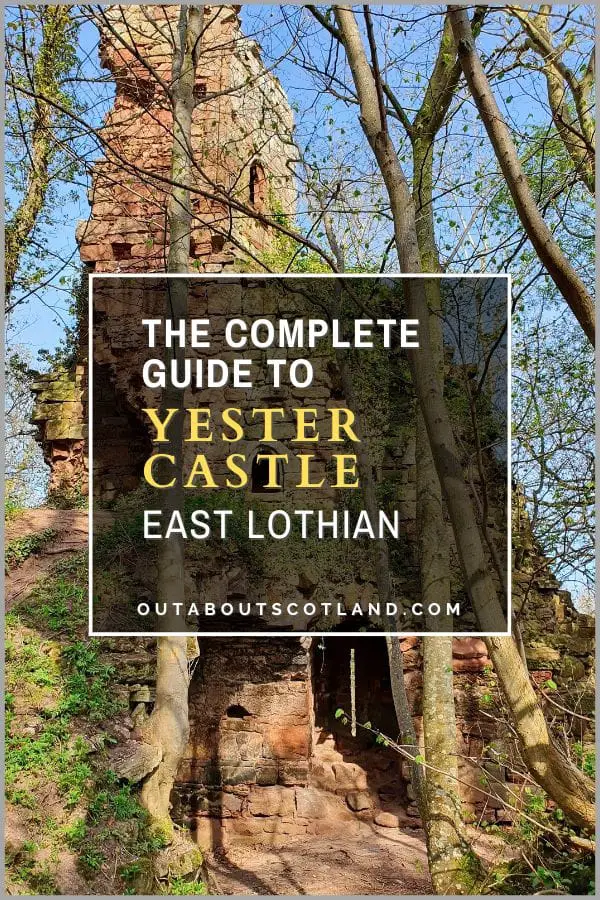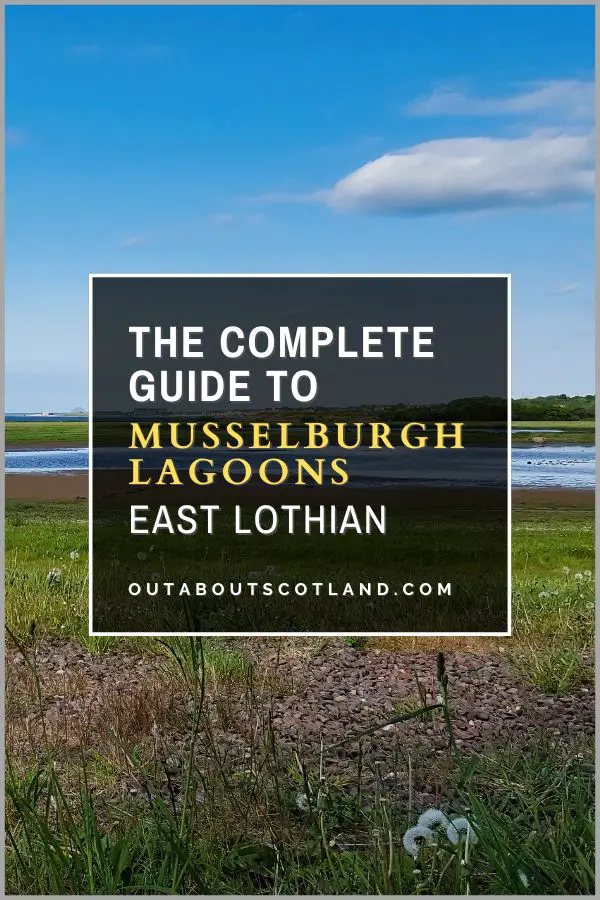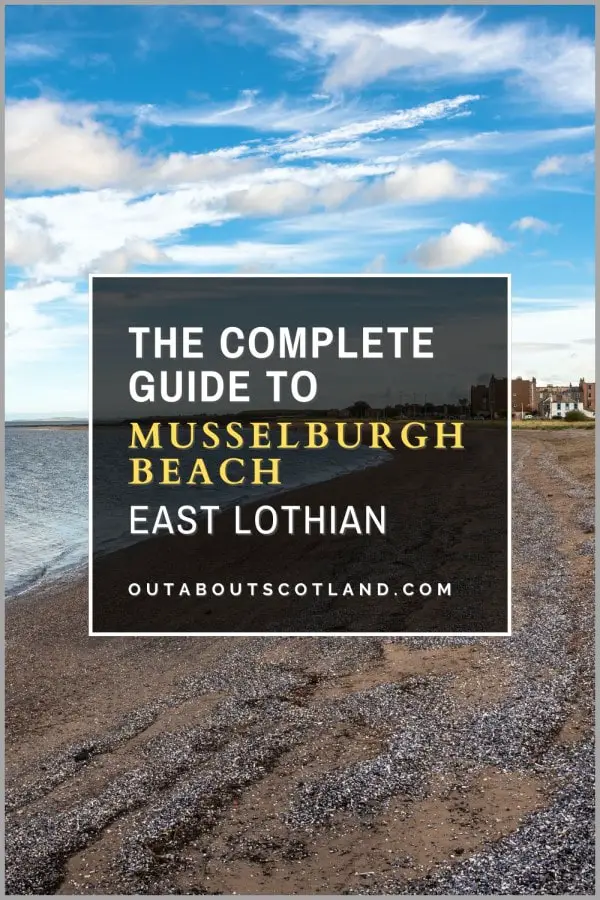Woodhall Dean Nature Reserve in East Lothian is situated to the northeast of the Lammermuir Hills. The reserve comprises mixed woodland that surrounds a deep gorge that opens up onto rolling fields. In spring, Woodhall Dean is awash with bluebells and primroses, while buzzards, sparrowhawks, and tawny owls can be seen throughout the year.
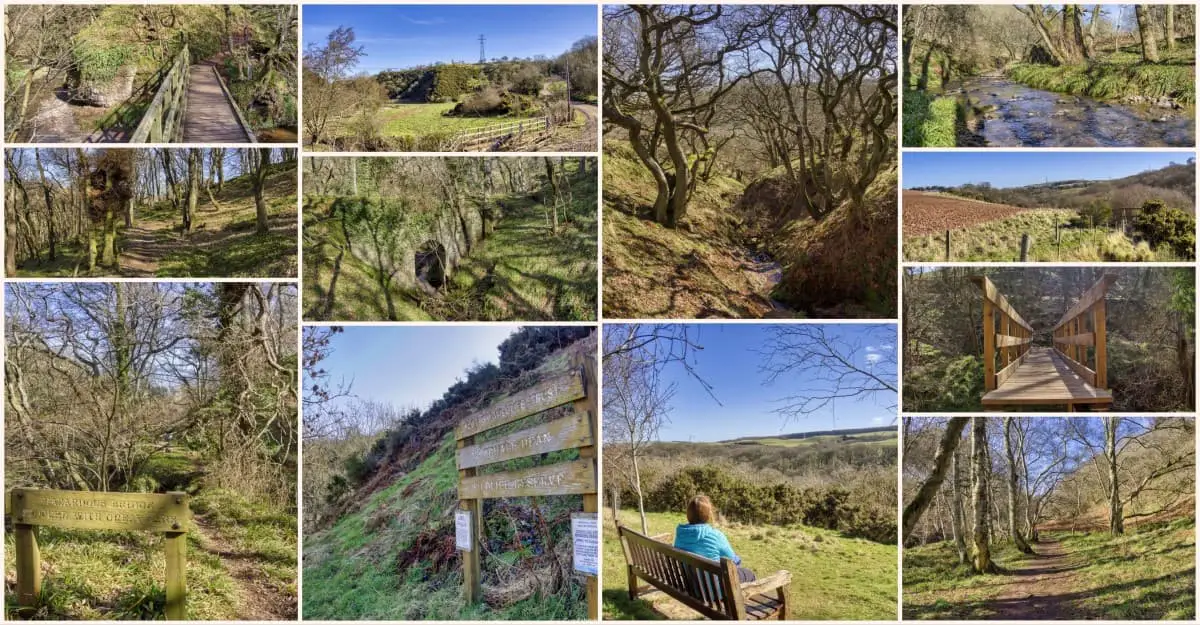
| Address: | Dunbar, EH42 1SJ |
| Opening Hours: | 24/7 |
| Admission Price: | Free |
| Parking: | Free off-road parking spaces. |
| Contact: | N/A |
| Facilities: | None. |
| Photos: | Virtual Tour YouTube Video |
Overview
Woodhall Dean in East Lothian is one of the county’s harder-to-find outdoor attractions, but it’s a place that rewards visitors with stunning views on every step of the walking trail that runs through this hidden gem of a wildlife reserve.
The reserve is located a few miles south of Dunbar, close to the northernmost tip of the Lammermuir Hills in a region that’s surrounded by fields as far as the eye can see in all directions.
This is a region that is (in my humble opinion) one of the most scenic in the Lowlands, yet it’s just 30 miles from Edinburgh and can be driven to from the city centre in a little over 40 minutes. Once at Woodhall Dean, visitors can follow a footpath that runs around the edge of it in a circuit that’s just over 2.5 miles on mostly level (but occasionally very muddy) tracks.
It’s not really possible to deviate off the track as the woodland is so thick, but at least the path follows the nicest areas where it crisscrosses gently-flowing burns, skirts around ancient coppices of sessile oak, and climbs the brow of a hill that presents gorgeous views of the surrounding countryside.
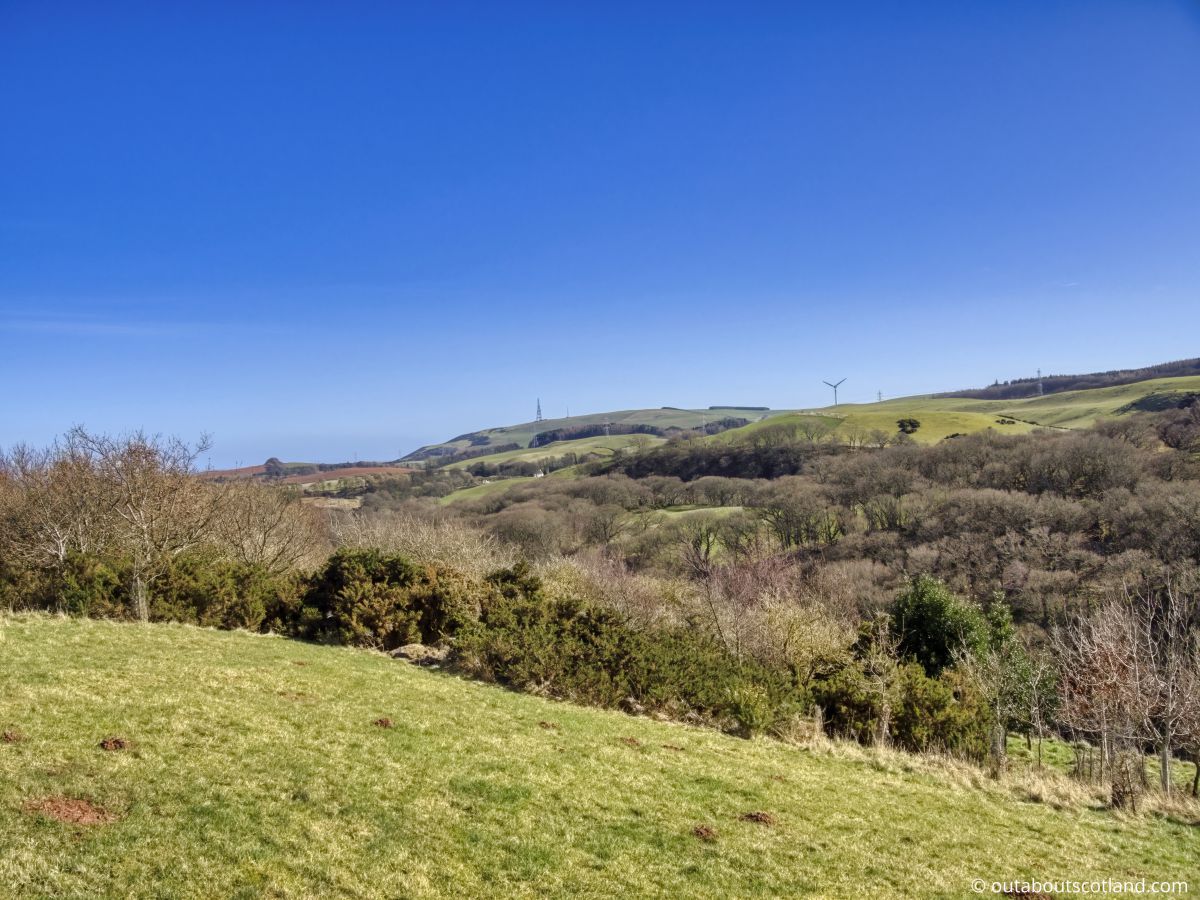
One of the main reasons to visit the reserve though, is the wildlife, and for such a small area you’ll see a remarkable number of different species at Woodhall Dean. Chief amongst these has to be the adder which is sadly facing near-extinction in the UK. Currently, 90% of the adder populations in Britain are in decline and if they’re not cared for it’s possible that adders will completely disappear from Britain by the 2030s.
There are a few strongholds for these beautiful animals through, and Woodhall Dean is one of them. If you want to see them you’ll have to be very quiet and keep an eye on their favourite basking spots of logs and rocks in the early spring after they come out of hibernation.
In addition to the creatures on the ground, there’s an abundance in the treetops, and Woodhall Dean is renowned for the number of songbirds that live in the dense thickets of trees. These small birds attract larger predators as well, so during a visit, there’s every possibility of catching sight of buzzards, sparrowhawks, and even tawny owls.
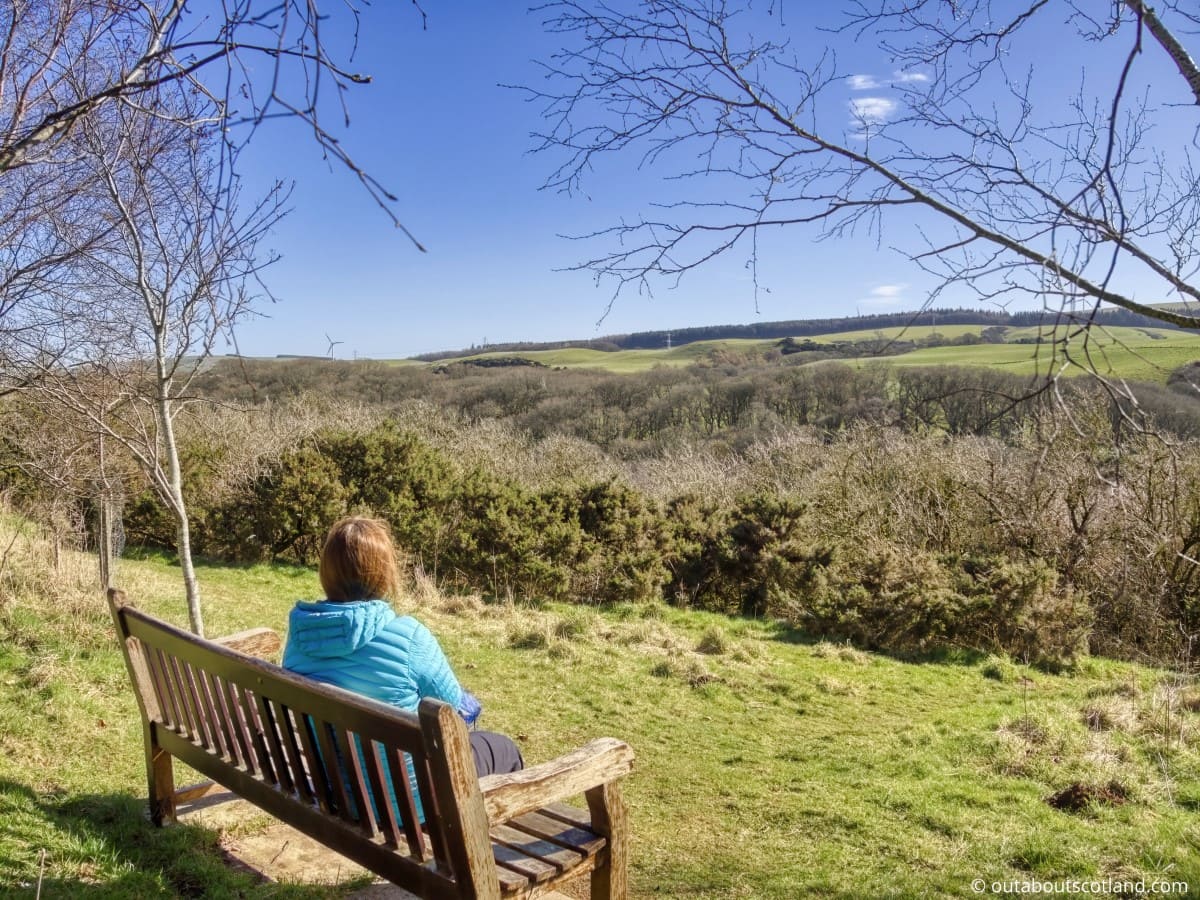
The Highlights
1: Woodhall Dean offers a short, but very enjoyable walk through picturesque countryside in the heart of East Lothian. The woodland is exceptionally pretty, especially in spring when the gorse bushes bloom with bright yellow flowers and the ground bursts into colour with countless bluebells.
2: This nature reserve is a great place to go birdwatching and keen-eyed visitors will likely see tawny owls, buzzards, wrens, and sparrowhawks, amongst others. If you don’t have a pair of binoculars yet, take a look at my Recommended Pairs of Binoculars from Amazon.
3: Adders are sadly on the decline in Britain, but Woodhall Dean is one place where their numbers are healthy. For the best chance of seeing these shy animals, visit in early March when they come out of hibernation and warm themselves up by basking on logs and rocks.
Visiting Tips
1: The car parking area is really just a widened section of an old farm track. Size-wise, it’s big enough for around 10 cars, though there are rarely that many families at Woodhall Dean at any one time. The main downside to the parking area is that it’s mostly composed of dirt which can turn into a quagmire after a rainfall. If there has been heavy rain take care as the parking area lies on a moderately steep incline.
2: Woodhall Dean offers a nice walk, but a short one. If you want to spend longer in the area I recommend following the road south for 5 miles which passes through the middle of the Crystal Rig wind farm in the Lammermuir Hills. There are lots of great walks in the hill range which you can find via the Walk Highlands website.
3: When visiting Woodhall Dean please keep to the footpath to minimize disturbance to the plants and animals that live there. Dogs are allowed but they should be kept on leads to prevent disturbance to wildlife such as adders and ground-nesting birds.
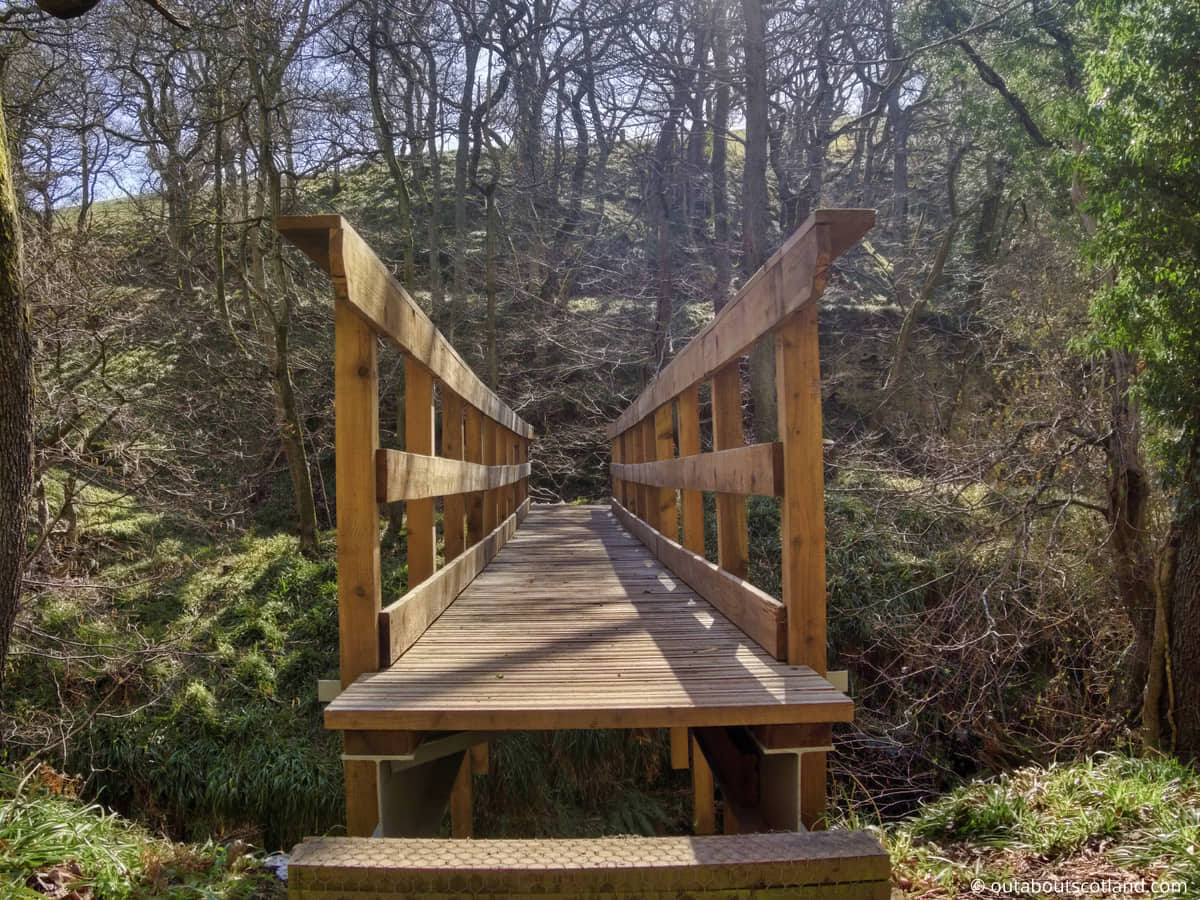
Tourist Information
This isn’t exactly the largest nature reserve in Scotland but it’s certainly one of the most enjoyable to walk around, though start to finish will only take 1 to 1.5 hours. From the parking area, a sign marks the start of the reserve near a footpath that winds its way through the towering sessile oak woodland that lies ahead.
Sessile oak, if you’re unaware of it, is an ancient type of oak tree that, at one time, almost completely covered the Lowlands of Scotland. Much of it was harvested by the Victorians to build ships, and nowadays there are only a few places where it thrives, one of which is Woodhall Dean. Sessile oak is easily identified by the colour of its grey bark as well as its acorns, which have no stalks, unlike other types of oak.
The other tree you’ll notice while walking around the reserve is Scots pine which grows pretty much everywhere in Scotland and is identifiable by its scaly brown bark and its long blue-green needles. Both Scots pine and Sessile oak line the footpath that runs through Woodhall Dean but these trees are replaced by gorse bushes towards the western end.
The path is easy to follow and doesn’t deviate anywhere so a visit basically just means following it until you return to the car park, though visitors should be aware it’s narrow and consist of little more than compacted dirt. That means it’s not really suitable for anyone with mobility problems and it’s definitely unsuitable for pushchairs and wheelchair users.
There are a couple of narrow bridges that cross Woodhall Burn and a few styles that cross over onto the edges of farmland, but other than that the path should pose no issues for the majority of people.
As far as taking a picnic goes, there’s really only one place to eat which is a bench seat on the northern side of the reserve near the fields. This is a great place to stop during your walk as the views across the gorge are lovely, and as it’s elevated it’s one of the best spots on the reserve for birdwatching.

Things to Do
Hiking: Woodhall Dean Nature Reserve offers several well-marked trails where you’ll pass through dense woodland and open hills. It’s a great way to experience the flora and fauna of this underappreciated region of Scotland.
Bird Watching: With over 60 species of birds recorded, Woodhall Dean is a paradise for bird lovers. Bring your binoculars (link to binocular reviews) and spot a variety of birds including wrens and sparrowhawks in their natural habitat.
Picnicking: The reserve provides several scenic spots that are perfect for a picnic, where you can enjoy a meal while listening to the sounds of chirping birds and rustling leaves. It’s a wonderful way to unwind and connect with nature.
Photography: With its rich biodiversity and beautiful scenery, Woodhall Dean is a good location for practising your photography whether you’re an amateur with a phone or a professional with a giant lens and tripod in tow.
Plant Safari: The reserve is home to a wide range of plant species, including several rare types of wildflowers and trees, such as sessile oak, which used to be abundant in Scotland but is now hard to find. Take a leisurely walk around the reserve with your kids and tell them about these plants, their life cycles, and their importance to the ecosystem.
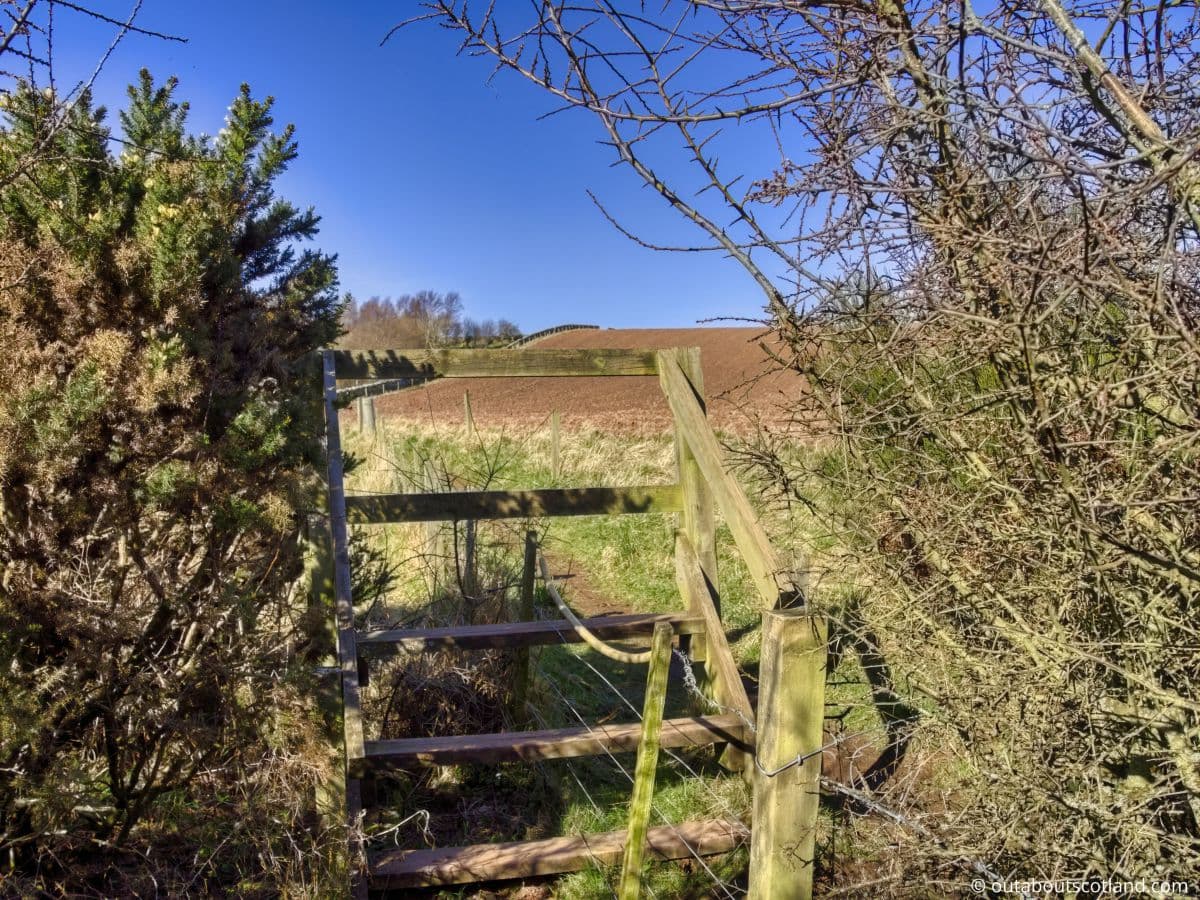
Things to Do Nearby
Dunbar Harbour. Address: Dunbar, EH42 1HW. Distance: 4.9 miles.
A historic fishing harbour that is still in use by Dunbar fishermen. The harbour is famous for the Dunbar Battery which is a historic landmark that has been converted into an outdoor amphitheatre. The ruins of Dunbar Castle overlook the harbour, though access to it has been closed off.
Pressmennan Wood. Address: Dunbar, EH42 1TG. Distance: 7.8 miles.
Pressmennan Wood is a woodland in East Lothian that features a large lake (one of only four designated lakes in Scotland) with quiet walks along several trails. The 212-acre site is managed by the Woodland Trust which has saved the native broadleaf trees from invasive Rhododendrons that were planted by the Victorians.
Cove. Address: Cockburnspath, Berwickshire, TD13 5XD. Distance: 7.5 miles.
Cove Harbour is a secluded beach and harbour nestled on the East Lothian coastline near the village of Cockburnspath. The harbour is part of the Southern Upland Way walking trail, so a visit to Cove can be combined with lovely cliff-top walks to other beaches such as Pease Bay and Thorntonloch.
Lammermuir Hills. Distance: 2.5 miles.
The Lammermuir’s are a range of hills in the south of Scotland that border the county of East Lothian and the Scottish Borders. Visitors can explore the ancient hill forts at White Castle and Addinston, go for woodland walks in the Yester Estate, and climb the highest point of the hill range at Meikle Says Law (1,755 feet/535 metres).
Torness Power Station. Address: Dunbar, EH42 1QU. Distance: 5 miles.
Torness Power Station is located on the East Lothian coastline next to the popular golden sand beach of Thorntonloch. The power station has a waymarked coastal trail that runs around it to Skateraw Harbour. The power station also has a visitor centre and there are regular guided tours that show visitors how nuclear energy is generated.
Frequently Asked Questions
What animals and plants live in Woodhall Dean?
Woodhall Dean Nature Reserve is home to a number of plant and animal species. The woodland is thick with sessile oak (an ancient variety of oak tree) and Scots pine, while the ground is covered by carpets of bluebells in spring. At other times of the year there are swathes of flowering heather and gorse.
Animals that live in Woodhall Dean include adders (recognizable by the zigzag pattern on the back), wren, tawny owls, buzzards, and sparrowhawks.
Where is Woodhall Dean?
Woodhall Dean is situated 3 miles south of Dunbar. To get to the nature reserve, head to Dunbar on the A1 and take the turning for Spott at the roundabout. From the village, turn left where the road is signposted for Woodhall. Continue along this road for 2 miles and park on the farm track on the right.
How long does it take to walk around Woodhall Dean?
The path around Woodhall Dean is approximately 2.5 miles in total. Walking the route takes around 1 hour.
Is there a car park at Woodhall Dean?
There is a small parking area at Woodhall Dean with space for around 10 cars. The parking area is on an incline just off the single-track road. The parking area comprises dirt and gravel which becomes rather muddy in winter.


